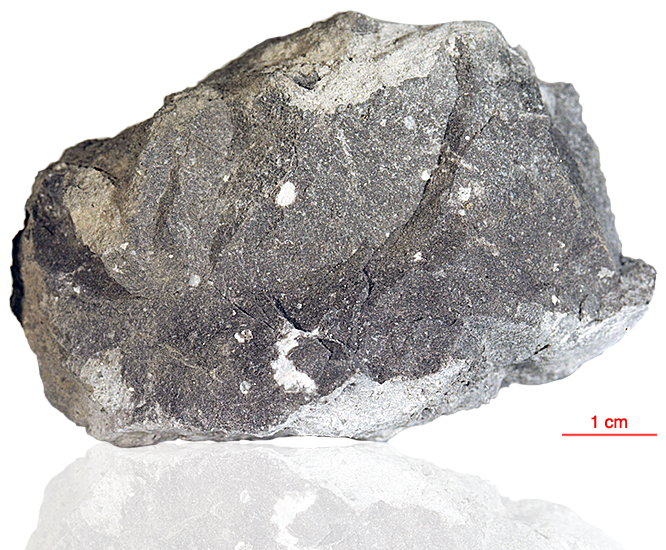
Fact sheet
67475 was sampled as a large dark rock on the top of sample 67455 (a white boulder). It contains unusual clasts, some with abundant melt, some with abundant Fe-rich olivine and ferro-augite. This tough purplish-grey, glassy breccia has a matrix described as a fragment-laden melt containing two major clast types - a dark clast rich in metallic iron and a light clast with a high percentage of olivine. Clasts of devitrified glass are present. Ilmenite, troilite and phosphates also present. Rotation 1 shows a highly shocked plagioclase feldspar clast, whereas rotation 2 shows a more mafic region containing olivine and pyroxene.
The sample weighed 175 grams before analysis and has not been dated.
Further details of this and other Apollo samples are here: http://curator.jsc.nasa.gov/lunar/
The Apollo 16 landing site was in the hilly region around Descartes crater in the lunar highlands. The landing spot was chosen to allow the astronauts to gather geologically older lunar material (Descartes Formation and the Cayley Formation) than the samples obtained in the first four landings, which were in or near lunar maria.
The mission lasted 11.1 days, with a stay on the lunar surface of 71 hours. The crew were on the lunar surface for 20.2 hours during which they traversed approximately 27 kilometers and collected approximately 96 kilograms of samples.
Apollo 16 was launched on 16 April 1972.






